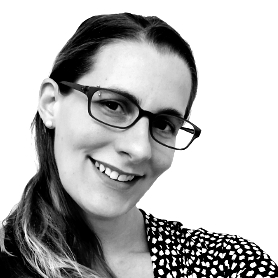Speaking at the 2022 Green Software Foundation Summit in Houston
I’ll be sharing VMware’s work on sustainable workload migration at the upcoming Houston edition of the 2022 Green Software Foundation Summit! The event begins at 10am central, and my talk begins at noon central.
This free event is hybrid, and you can register to attend either virtually or in-person here: https://www.meetup.com/gsf-houston/events/284808382/
Talk title: Chasing carbon – Leveraging time-varying carbon intensity with intelligent workload placement
Abstract: Globally, renewable energy (solar, wind) generation has grown rapidly over the last decade. Renewable energy has very low carbon intensity and a zero marginal operating cost, and so is a critical component to achieving zero carbon computing and should not be wasted. However, pervasive imbalances in renewable generation and the transmission capability limitations that prevent the grid from transporting energy to where it is needed causes generation to be temporarily curtailed and wasted. Renewable energy curtailment is increasing rapidly in the U.S. and globally.
Potential solutions include co-located battery storage and construction of more transmission capacity. But these approaches do not yet scale due to cost, and traditional loads cannot be physically moved. On the other hand, computation workloads can be flexible in time (scheduled for delayed execution) and space (transferred across any geographical distance with limited cost), although some require real-time execution or must execute in a particular place e.g. due to network latency or data sovereignty issues. This opens the possibility of shifting workloads in time and space to take advantage in real time of any amount of excess renewable energy. Initial results show that a single datacenter that time shifts load can reduce its emissions by 19% or more annually. Although conceptually simple, such workload shifting presents significant challenges.
This talk will provide an overview of VMware’s approach to sustainability innovation, and discussion of some of our ongoing work in shifting datacenter workloads in time and geography.
